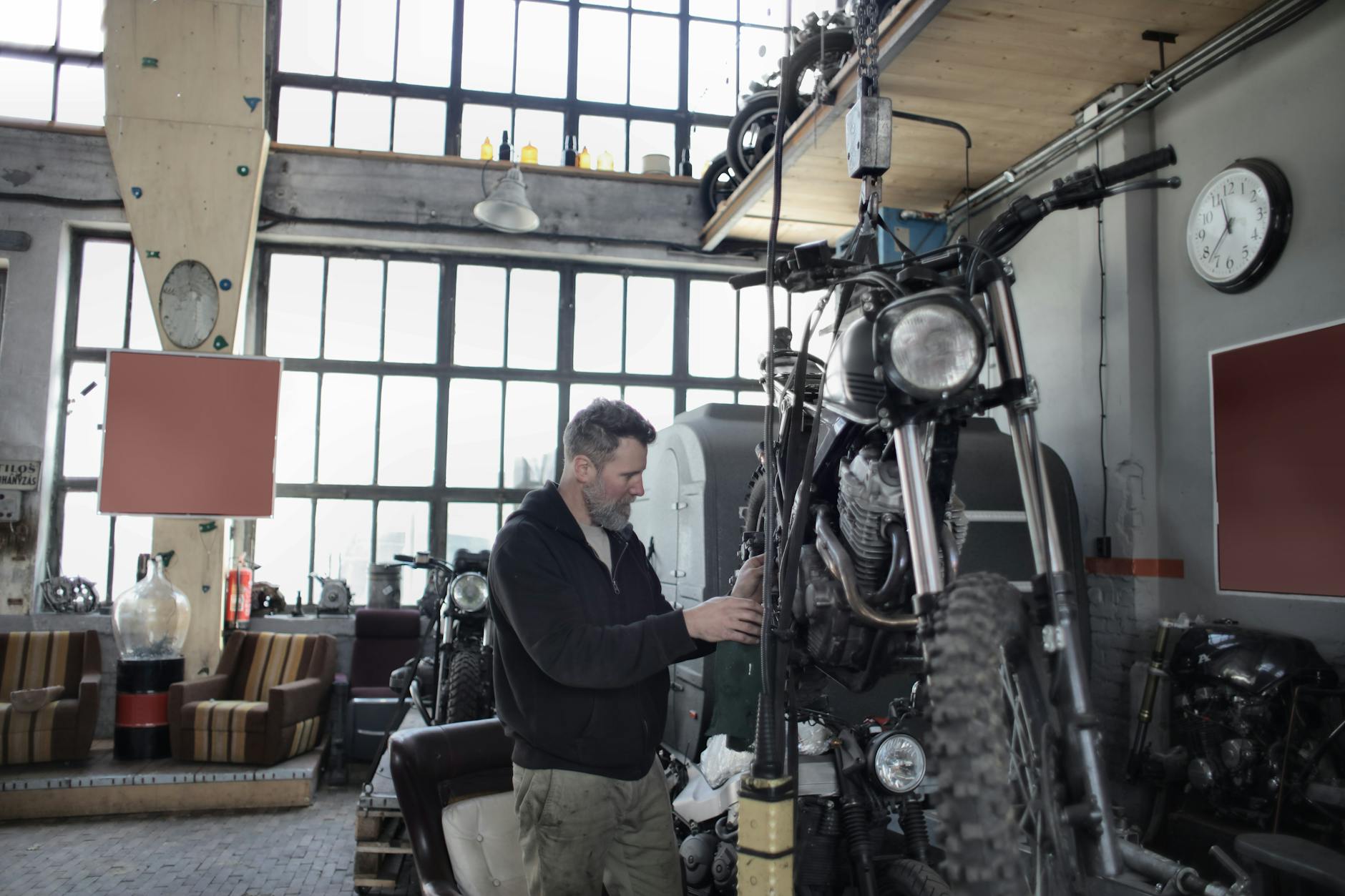What Makes Australia a Leader in Acoustic Innovation for Real Estate Development

Acoustic Innovation Pioneers
As an inclusive design expert based in Brisbane, I have witnessed the transformative power of acoustic innovation in architecture and real estate development. In the heart of Brisbane's South Bank, the architectural styles reflect a burgeoning interest in innovative solutions like acoustic panels. These panels not only enhance the auditory experience by managing sound quality and reducing noise pollution but also contribute significantly to creating inclusive environments.
Key Australian researchers are at the forefront of these developments, advancing technologies that make spaces more accessible for everyone, particularly those with sensory needs. This shift towards incorporating sophisticated acoustic solutions is mirrored in some notable Australian projects. For instance, the Brisbane Showgrounds has embraced such innovations, setting a benchmark in integrating sound management technologies into public spaces.
Moreover, leading-edge technologies are now offering architects the tools to seamlessly blend these solutions into their designs. This not only enhances the aesthetic appeal but also ensures the spaces remain functional and inclusive. The incorporation of these acoustic systems demonstrates a commitment to fostering environments that cater to diverse communities, addressing both aesthetic and practical needs.
By focusing on innovative design strategies, professionals involved in real estate development and architecture can foster an environment where every detail is attuned to accommodating a wide range of sensory experiences. Making strides in acoustic technologies will undoubtedly inspire further advancements and set new standards in inclusive design.
Advanced Acoustic Solutions
Sustainable Soundproofing
In the vibrant world of Brisbane's innovative structures seen at the Brisbane Showgrounds, sustainable soundproofing solutions are gaining traction. Utilising eco-friendly materials, architects and developers can now integrate sound-absorbing elements that minimise environmental impact. Materials like recycled cotton insulation and natural wool are not only effective in reducing noise but also contribute to energy savings within buildings. The key is to blend these materials seamlessly with the local architectural style, enhancing sustainability and aesthetic appeal without compromising sound quality.
Hearing Enhancement Systems
Hearing enhancement systems, such as hearing loops, have drastically improved the accessibility of spaces. These systems are essential for creating inclusive environments, especially in public venues where clear communication is vital. By transmitting sound directly to hearing aids, hearing loops eliminate background noise and acoustical distortion. This technology ensures that attendees, regardless of hearing ability, experience every moment just as vividly as anyone else. For professionals like Priya Kapoor, integrating these solutions in events ensures full accessibility and heightened attendee satisfaction.
Smart Acoustic Designs
Smart acoustic designs are transforming the way sound interacts within a space. Leveraging broadcast solutions, these designs bring efficiency and precision to sound management. Adaptive acoustic panels, for instance, can be adjusted to modify room acoustics based on specific needs or events, offering flexibility in venues that host varied activities. By using innovative design strategies, spaces can not only manage acoustics better but also align seamlessly with the architecturally rich fabric of Brisbane's South Bank. Such designs inspire more dynamic, inclusive, and functional environments.
Impact on Real Estate Development
Enhanced Building Standards
As an inclusive design expert, I see how integrating acoustic technologies has transformed Brisbane's buildings. Especially in the architectural styles of Brisbane's South Bank, developers have embraced innovations such as acoustic panels not only for their sound-dampening capabilities but also for enhancing the overall aesthetic appeal. These panels are increasingly being used to meet revised building standards that call for more inclusive environments. Improved sound environments greatly benefit those with hearing impairments, helping spaces meet the growing demand for inclusivity.
Integrating Acoustic Tech
Integrating technologies like a hearing loop in new real estate projects can be a game-changer. From private residences to commercial buildings, these loops ensure that spaces are accessible to everyone, especially those with hearing challenges. By seamlessly embedding this technology, real estate developers can create environments where people feel valued and included. Furthermore, engaging with experts who specialise in innovative design strategies can enhance the implementation process.
Case Studies in Architecture
Exploring the innovative structures of the Brisbane Showgrounds offers insights into the successful integration of acoustic technologies. These case studies demonstrate that combining aesthetic charm with functionality is not only possible but also advantageous. The adoption of such solutions can serve as a benchmark for other projects across the industry. By drawing on these examples, developers can be inspired to implement similar initiatives in their buildings, ensuring a more inclusive experience for all inhabitants.
Best Practices
Embracing Innovation
Incorporating innovation into the heart of a project can profoundly influence the outcome, especially when dealing with solutions like acoustic panels and hearing loops. Observing structures like those found in Brisbane's South Bank can offer guidance on blending new technologies with traditional designs. Whether designing an office building or a community space, integrating acoustic solutions should aim to create an environment that is both functional and welcoming, thus enhancing user experience.
Working with Experts
Collaboration sits at the core of any successful project, and this includes listening to experts who can maximise the potential of design strategies. Whether addressing the green spaces at Roma Street Parklands or adapting broadcast solutions for a multi-use venue, working alongside those with a deep understanding of acoustic innovations can ensure that outcomes are forward-thinking and effective. This collaboration often introduces fresh perspectives that enrich the project and pave the way for groundbreaking results.
Navigating Design Challenges
While experimenting with new approaches and designs can be exciting, the path to fully realising these innovations isn't always straightforward. Avoiding common pitfalls often involves balancing creativity with functionality. For example, in the innovative structures of the Brisbane Showgrounds, ensuring accessibility and inclusivity remains pivotal. Understanding limitations, recognising what’s feasible, and maintaining an open dialogue among stakeholders can significantly ease the process. Avoiding pitfalls isn’t about steering clear of risks but about managing them wisely and with foresight.


